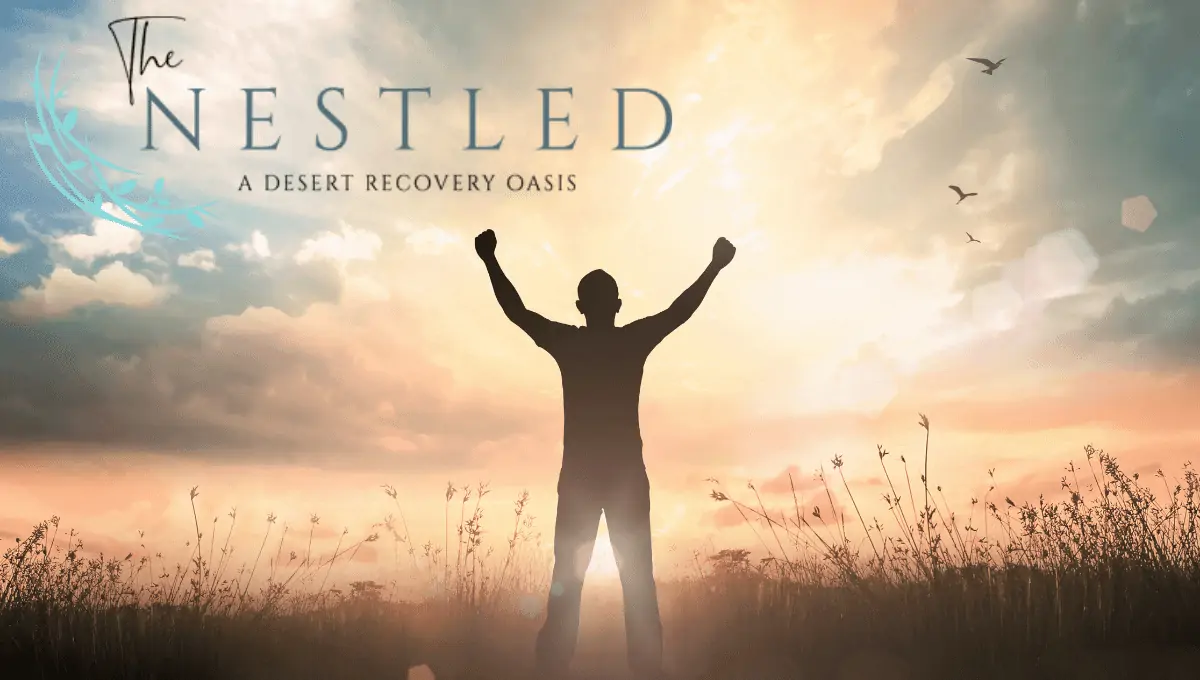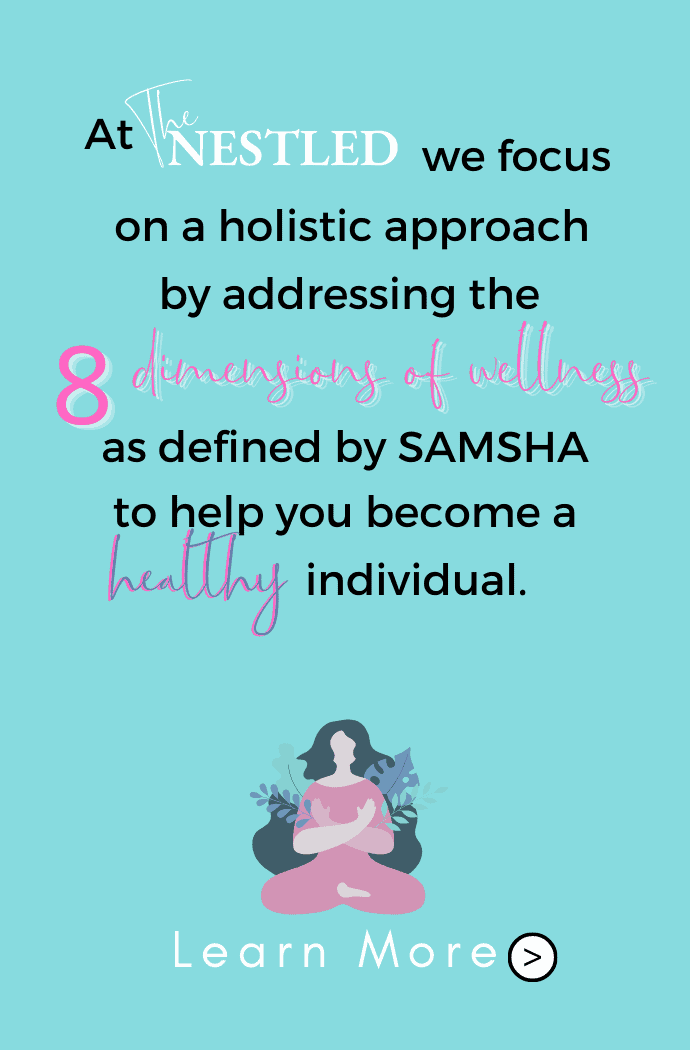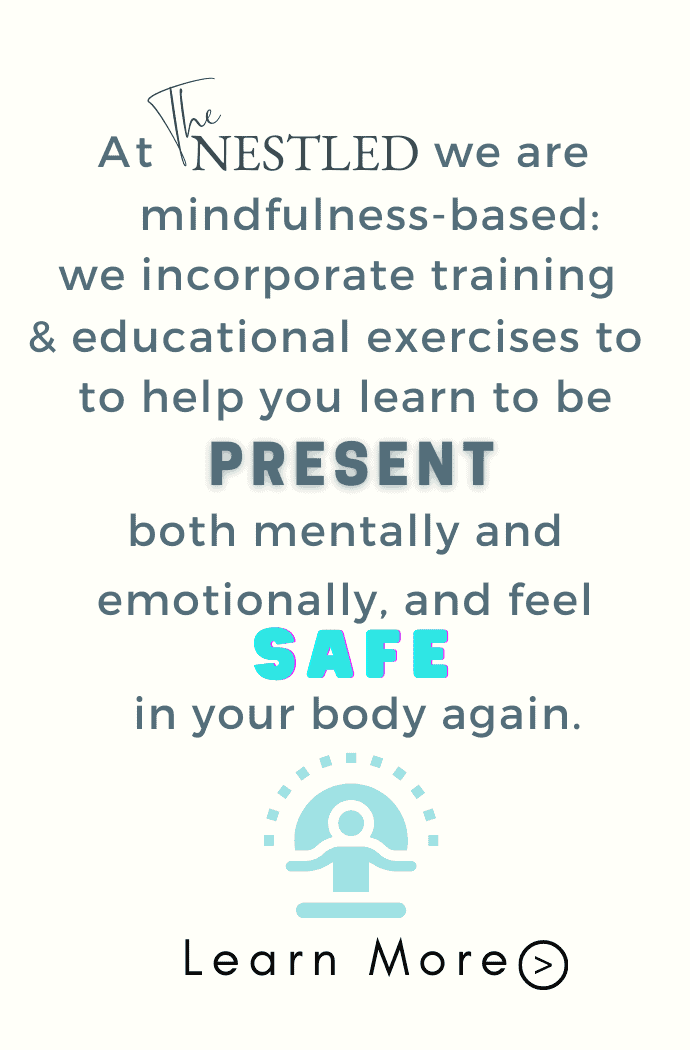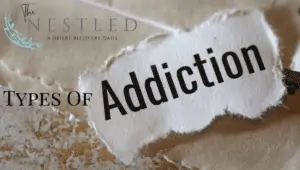June 27 was declared PTSD awareness day in 2010 by the US Senate. In 2014, the entire month of June was named PTSD awareness month, in an effort to bring more attention to this important issue. PTSD has been around for centuries and affects people from all walks of life. It was also known as shell shock and battle fatigue The earliest record of PTSD was written by Hippocrates, in a poem describing a soldier returning from battle, and was also known as ‘battle fatigue’ and ‘shell shock’ during World War I and II. Organizations that support veterans are quite vocal about PTSD, as many soldiers who serve in the armed forces require trauma-informed care and support when they return home from active duty.
Why Do We Need PTSD Awareness?
We need PTSD awareness so that we can help other people thrive and create more understanding about what they may be experiencing. With a more educated awareness, it becomes easier to detect signs of PTSD and have more compassion for other people. People who struggle with addiction and mental health issues such as depression often suffer from PTSD. It can also lead to higher rates of suicide, especially among veterans. Instead of judging people for their behavior, we can share resources and empower them to get help before a crisis occurs. We all have the ability to help others, and chances are that someone you know may be suffering from PTSD, as it is a widespread issue that needs to be spoken about more openly.
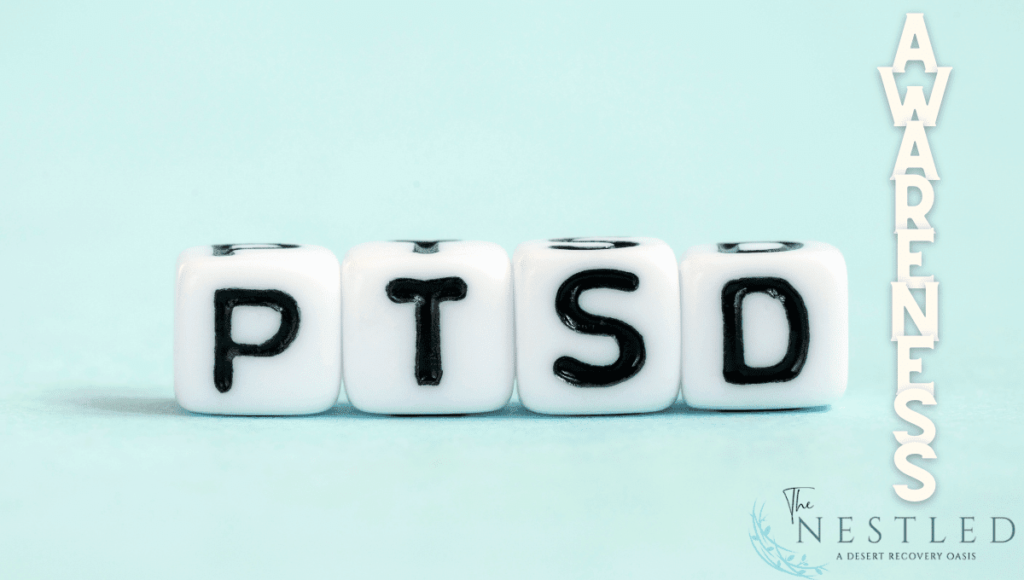
What Is PTSD?
Also known as a post-traumatic stress disorder, PTSD is a mental health disorder that is caused by a traumatic or distressing event. A frightening experience will send the body into a state of fight or flight, which is a normal and healthy response. PTSD, however, occurs when the effects of that event linger, to the extent that people are affected at a physical, mental, and emotional level and display specific symptoms such as memory loss, having a strong startle response, and avoiding certain places or items that remind them of the traumatic incident.

What Is CPTSD
Also known as a complex post-traumatic disorder, C-PTSD occurs when someone is exposed to repetitive physical, emotional, psychological, or sexual abuse and other traumatic experiences. C-PTSD is common amongst survivors of childhood abuse because C-PTSD is a developmental trauma disorder. When a child is abused, they suffer deep psychological and emotional wounds caused by extended periods of terror and helplessness, in which they felt trapped and had to develop coping mechanisms in an attempt to protect themselves from the pain. These coping mechanisms can cause people to develop different substance abuse disorders and other mental health issues.

Ways You Can Help
There are many ways you can help spread awareness about PTSD and C-PTSD. Something as simple as sharing a meme or an article on social media can direct people to resources they may not have been aware of before. Here are some other ways you can help:
- Sign up for a walk or sporting event dedicated to PTSD awareness and share it with friends and family
- Reach out to loved ones who may have become distant or isolated
- Share specific resources and events that may be useful to others
- Host a party or brunch during June dedicated to raising awareness in your community
- Encourage folks to seek out psychotherapy for help with their struggles
How We Can Help You
, we have a unique, holistic approach to treatment and recovery from alcohol abuse and other substance use disorders. You can expect to receive professional, trauma-informed care in our beautiful, state-of-the-art facility while learning how to incorporate mindfulness into your healing journey. Using the Eight Dimensions of Wellness, we consider the entire person: mind, body, and spirit, creating tailored treatment plans with a range of psychotherapies and experiential therapies to choose from. If you or a loved one are struggling with alcohol use disorder, contact us today.

